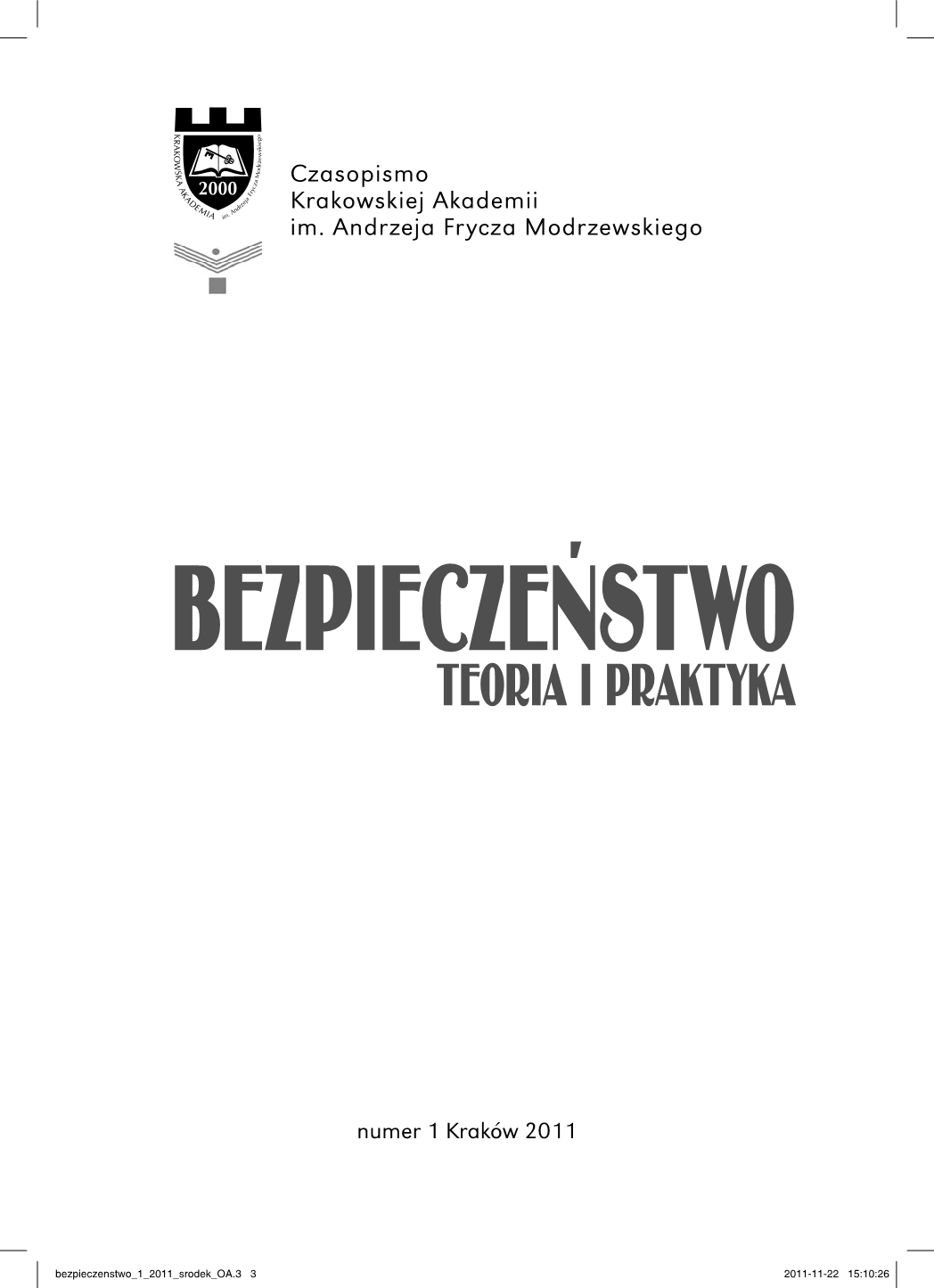Powrót do Polski w latach 1945–1948 północnych rejonów Spiszu. Przyczynek do dziejów sporów granicznych między Polakami, Czechami i Słowakami
The return of the the northern regions of Spis to Poland in 1945–1948. The border disputes between the Poles, Czechs and Slovaks
Author(s): Andrzej TłomackiSubject(s): International relations/trade, WW II and following years (1940 - 1949), Peace and Conflict Studies
Published by: Oficyna Wydawnicza KA AFM
Keywords: Spis
Summary/Abstract: The Polish-Czechoslovak border areas – Orava, Spis, Zaolzie and Klodzko Valley – in the first half of the twentieth century were the scene of many conflicts. The fate of the inhabitants of Spis after the Second World War is the least known from all the regions mentioned above. Today very few of those who roam the villages and settlements of Bukowina Tatrzańska (located on the right bank of the river of Białka) and Łapsze Niższe is aware of the fact that the northern regions of Spis could be outside current Polish borders. Apart from tourist attractions such as Niedzica castle and undeniable beauty of the mountains, the multiculturalism of these areas is worth emphasizing. The starting point for further considerations is the “liberation” of Spis (at the end of January 1945 by Red Army soldiers) from the German occupation. Despite changing the occupier, Slovak mayors, village administrators, teachers and clergy were still coming to these areas. Almost automatically (when the appearance of the area of Soviet soldiers), the former members of the Hlinkowa Guard began to form people’s militia. The Slovak National Council was formed as well. The border was guarded only by the soldiers of the Red Army. The unclear (in terms of Spis administrative division) time of late winter and spring of 1945 was used by the Slovaks, who attacked Polish police stations, schools and individual farms. Some researchers believe that the Czechoslovak resistance to the transfer of any land to Poland was caused by fact that the Czechoslovak government preferred the stability of the borders from before the 1938 status. From an economic point of view, the former industrialized areas of Zaolzie were more important for Slovaks. Waiving the rights to the northern Spis and North-East Orava areas was the price of the permanent obtaining of Zaolzie. Polish government foreign policy was different than that of the local authorities. It was very destructive and undermined the position of the Polish border competition with the Czechs and Slovaks. These differences have been repeatedly subjected to severe criticism of the Polish Ministry of Foreign Affairs. This applied mostly to the employees of Nowy Targ county. The opinions that were expressed by them during many meetings and conferences were not always consistent with the guidelines of the Polish Foreign Ministry. The article illustrates the struggle of Poles (in the years 1945–1948) to maintain the Spis region in Poland. It should be noted that the beauty of Spis region can be still admired thanks to the Polonophiles who lived in the twentieth century. However, this argument is insuffi cient if we mention the Schengen arrangements on the abolition of internal control in the countries of the European Union. As it is well-known, Poland, the Czech Republic and Slovakia belong to the Schengen area. On 21 December 2007 those countries formally abolished all common internal borders (officially abolished 1 January 2008). Hopefully, such activities should contribute to the ultimate elimination of all mutual misunderstandings and grievances accumulated over the decades among the above-mentioned three nations.
Journal: Bezpieczeństwo. Teoria i Praktyka
- Issue Year: II/2011
- Issue No: 1
- Page Range: 93-110
- Page Count: 18
- Language: Polish

